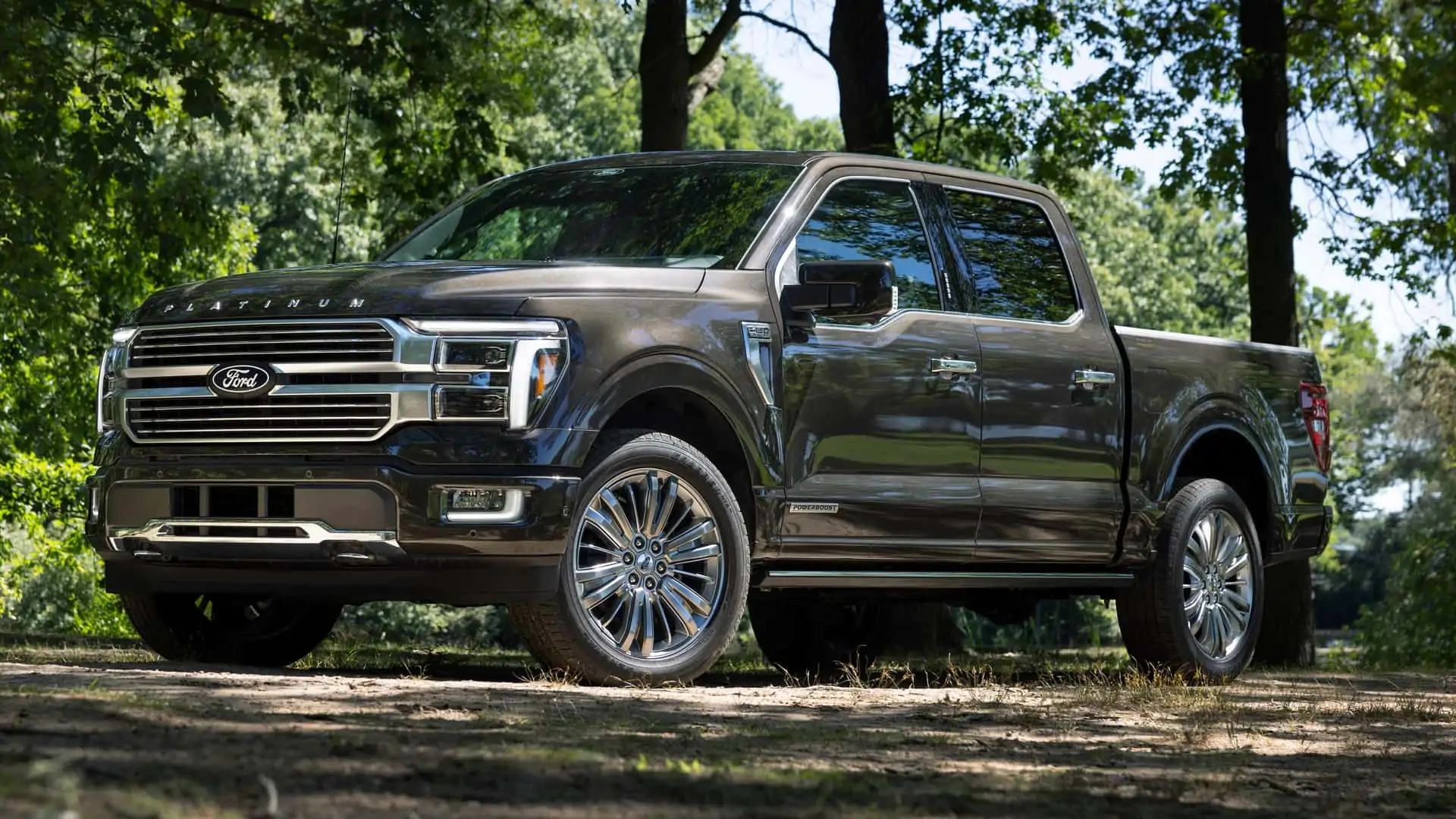When it comes to vehicle maintenance and repairs, the cost and availability of original equipment manufacturer (OEM) parts can make a significant difference in ownership experience and long-term expenses.
Some cars benefit from widely available, affordable OEM parts that keep repairs economical and hassle-free. These vehicles often come from brands with extensive global supply chains and standardized components, which help reduce parts prices and waiting times.
For owners, this translates into lower repair bills and the freedom to maintain their cars without breaking the bank. Conversely, other vehicles—often rare, luxury, or imported models—require parts that are harder to find or must be specially ordered from overseas suppliers.
These rare imports can be costly and time-consuming to acquire, sometimes causing delays in repairs and increasing the overall cost of ownership. Factors such as limited production volumes, brand exclusivity, or unique engineering can drive up prices and limit parts availability.
In this article, we explore two contrasting groups: five cars known for their cheap, readily available OEM parts, and five that frequently demand rare, imported components.
Understanding these differences helps current and prospective owners make informed decisions about maintenance costs and the potential challenges of keeping their vehicles in top condition.
Also Read: 5 Cars That Sell Fast on Facebook Marketplace and 5 That Stay Listed for Months
5 Cars With Cheap OEM Parts
One of the biggest considerations for vehicle owners, especially those who plan to keep their cars for many years, is the cost and accessibility of replacement parts.
OEM (Original Equipment Manufacturer) parts are often preferred because they guarantee fit, function, and quality.
However, not all OEM parts come with the same price tag or availability. Some vehicles benefit from a vast and efficient supply chain, resulting in parts that are affordable, easy to find, and quick to ship. For owners, this means less downtime and fewer worries about expensive repairs.
Cars with cheap OEM parts typically come from manufacturers with large production volumes and widespread global presence.
Brands like Toyota, Honda, Ford, and Chevrolet often top the list because they produce millions of vehicles worldwide, enabling parts suppliers to mass-produce components at lower costs.
These brands also standardize many components across different models and years, which helps keep parts interchangeable and affordable.
Affordable OEM parts also tend to be widely stocked by aftermarket retailers and auto parts chains, giving owners plenty of options beyond just the dealership. This competition among sellers further drives prices down, making maintenance and repairs budget-friendly.
For practical owners, choosing a car with cheap and accessible OEM parts means more predictable repair costs, increased convenience, and the ability to perform DIY repairs when desired. It also ensures that routine maintenance won’t suddenly become a costly burden.
In the next section, we’ll explore five specific cars known for their cheap OEM parts, diving into what makes their maintenance easier and more affordable than many competitors. These vehicles represent some of the best choices for owners prioritizing cost-effective upkeep.
1. Toyota Corolla
The Toyota Corolla has long been synonymous with reliability, affordability, and practicality. One key reason it remains a top choice worldwide is the availability of cheap OEM parts, which makes maintenance and repairs accessible to nearly every owner.
Toyota’s massive global production volumes contribute heavily to this advantage. With millions of Corollas sold annually across multiple generations, parts suppliers can produce components at scale, reducing costs significantly.
From brake pads and filters to headlights and engine components, many OEM parts for the Corolla are mass-manufactured, widely stocked, and competitively priced.
Another factor helping keep costs down is the Corolla’s relatively simple engineering. The straightforward design avoids exotic materials or overly complex systems, which would drive parts prices up.
For example, standard suspension components and engine parts are shared across various Toyota models, increasing parts interchangeability and availability.
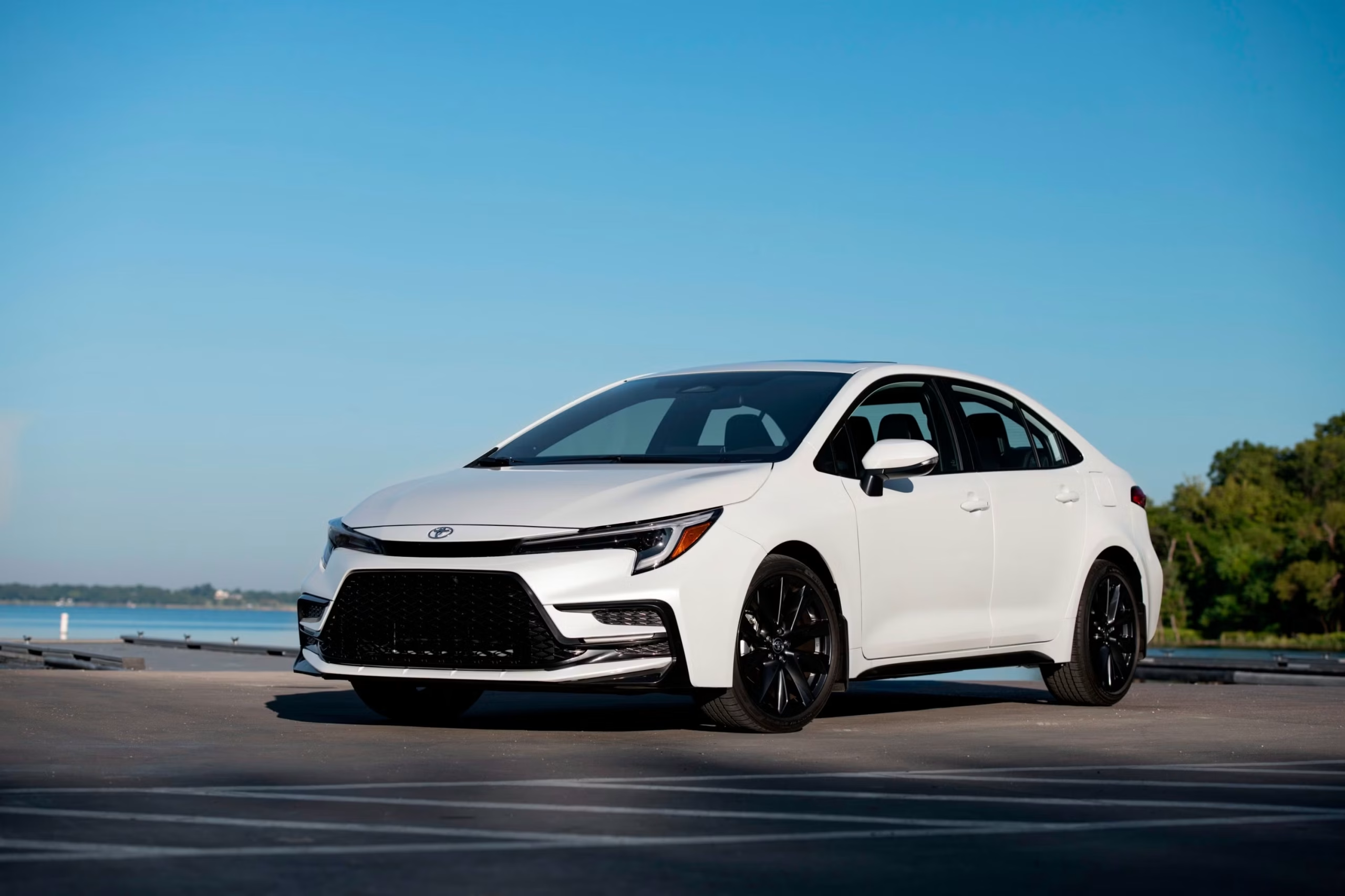
The Corolla’s huge aftermarket ecosystem also helps reduce parts costs. Beyond official dealerships, many third-party retailers stock affordable OEM and compatible replacement parts, giving owners multiple purchasing options and pricing competition.
Because of this, DIY enthusiasts find it easy and economical to perform routine repairs and upgrades on the Corolla. Whether it’s replacing brake pads, filters, or bulbs, owners rarely face a scarcity of parts or steep prices.
In addition to affordability, Toyota’s reputation for quality means that OEM parts tend to be durable, so owners do not frequently need replacements.
The Corolla’s combination of cheap, accessible OEM parts and long-lasting components contributes significantly to its low total cost of ownership, making it a favorite for budget-conscious drivers around the globe.
2. Honda Civic
The Honda Civic is another iconic compact car renowned for its durability, fuel efficiency, and affordable maintenance costs. Much like the Toyota Corolla, one of the Civic’s major strengths lies in the availability and low cost of its OEM parts, which has helped it maintain popularity among budget-conscious drivers.
Honda’s extensive manufacturing footprint across multiple continents has created a robust supply chain that supports efficient and cost-effective parts production.
Since the Civic has been produced in various forms and generations for over four decades, many components are standardized or interchangeable, making parts sourcing easier and more affordable.
From engine gaskets and brake components to lighting assemblies, OEM parts for the Civic are generally easy to find at competitive prices.
The Civic’s mechanical simplicity, especially in earlier and mid-generation models, keeps repair costs down.
The absence of overly complex systems means fewer specialized or rare parts that could drive up expenses. Even for newer models with more advanced technology, Honda strives to maintain parts availability and affordability through economies of scale.
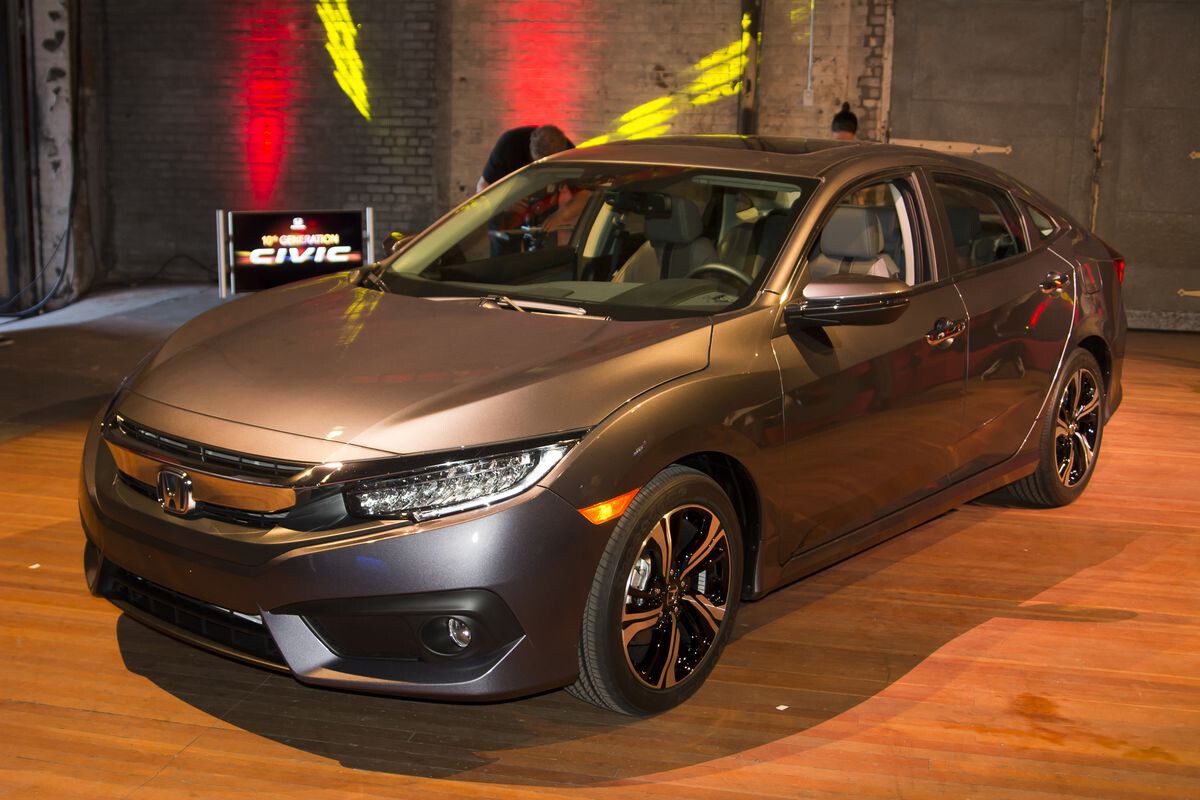
Furthermore, the Civic benefits from a large aftermarket parts ecosystem. This network not only offers OEM parts but also high-quality aftermarket alternatives, increasing competition and helping to drive down prices further.
Because of this, owners can perform many repairs and replacements without relying solely on dealerships, which often charge premium prices.
The availability of cheap OEM parts contributes to the Civic’s reputation as an economical vehicle to maintain, making it a top choice for first-time buyers, commuters, and enthusiasts alike.
In summary, the Honda Civic’s combination of reliable engineering, mass production, and a vast supply network results in affordable OEM parts, which helps keep overall ownership costs manageable.
3. Ford F-150
The Ford F-150 has been America’s best-selling vehicle for decades, and one big reason is the affordability and availability of its OEM parts.
As a cornerstone of Ford’s lineup, the F-150 benefits from a massive production volume and a highly efficient parts supply chain, making maintenance and repairs easier and less costly for owners.
Because Ford manufactures millions of F-150 trucks worldwide, OEM parts for this model are produced in large quantities.
This scale drives down costs and ensures that essential components like brake pads, filters, lighting elements, and suspension parts are readily available.
Additionally, many parts are shared with other Ford trucks and vehicles, further enhancing parts interchangeability and availability.
The F-150’s popularity has also encouraged a vast aftermarket ecosystem. Beyond official dealerships, independent auto parts retailers and online suppliers stock a wide range of OEM and compatible replacement parts. This competition keeps prices competitive and gives owners multiple purchasing options.
Moreover, the F-150’s design favors durability and ease of service. Unlike some luxury or specialty trucks, the F-150 doesn’t require exotic or imported parts for routine maintenance. Most components are designed for straightforward replacement, allowing both professional mechanics and DIY enthusiasts to save time and money.
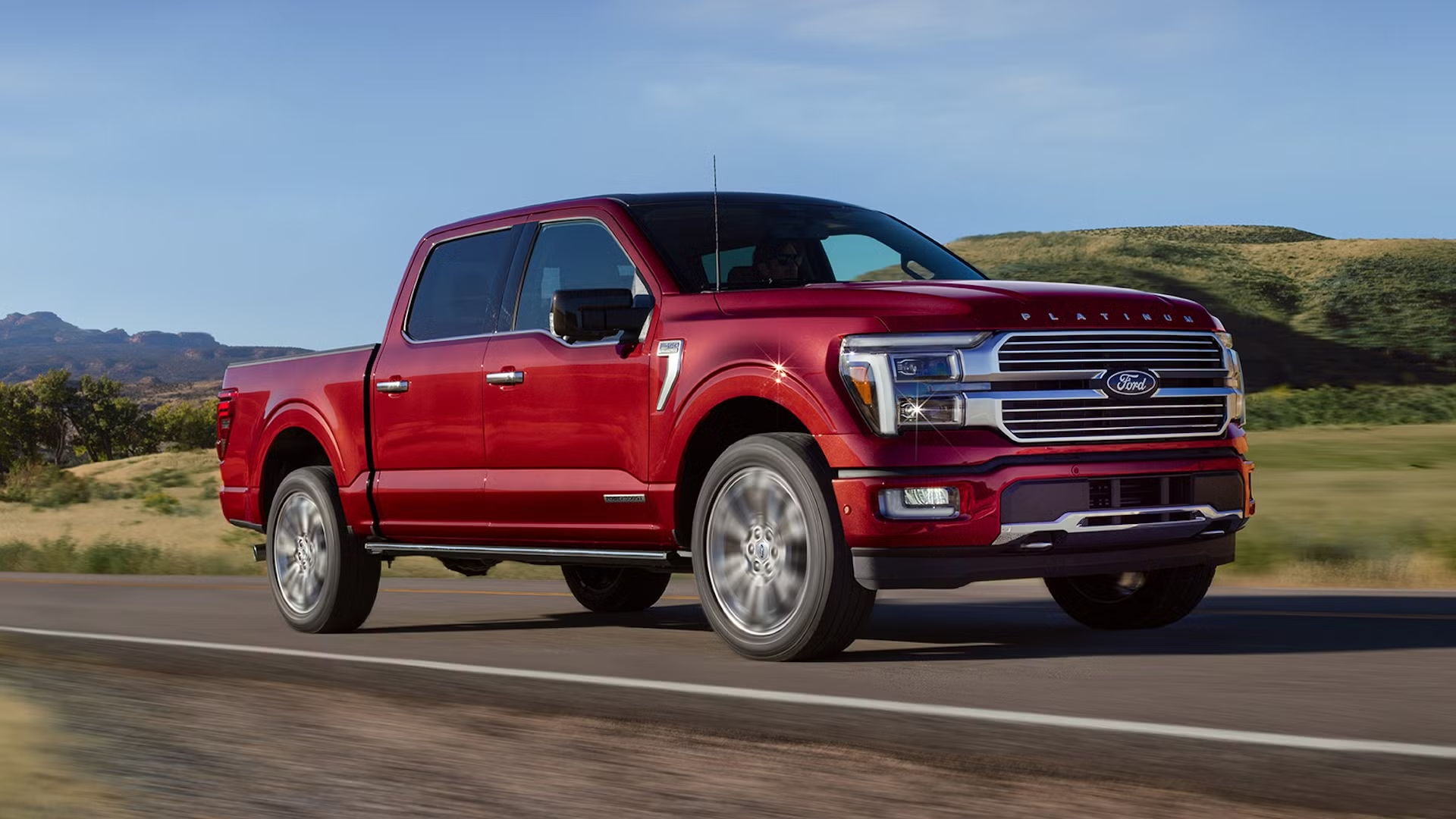
This accessibility helps maintain the F-150’s reputation as a rugged, reliable truck that doesn’t come with exorbitant maintenance costs. Whether used for work or daily driving, owners benefit from predictable, affordable repairs thanks to cheap OEM parts.
In conclusion, the Ford F-150’s massive production, shared components, and widespread aftermarket support make it one of the best vehicles for owners looking for cheap, readily available OEM parts.
4. Chevrolet Silverado 1500
The Chevrolet Silverado 1500 stands as one of the most popular full-size pickup trucks in North America, and its widespread use translates directly into affordable and accessible OEM parts.
Like its Ford counterpart, the Silverado benefits from General Motors’ extensive manufacturing footprint and well-established parts supply network, which keeps replacement parts plentiful and reasonably priced.
The Silverado’s long production run and large sales volumes mean that many of its parts are mass-produced and stocked in abundant quantities.
Whether it’s brake components, suspension parts, engine accessories, or lighting assemblies, owners rarely face difficulties sourcing OEM parts. This wide availability helps keep repair times short and costs down.
Another reason for the affordability of Silverado parts is the brand’s strategic use of standardized components across different models and years.
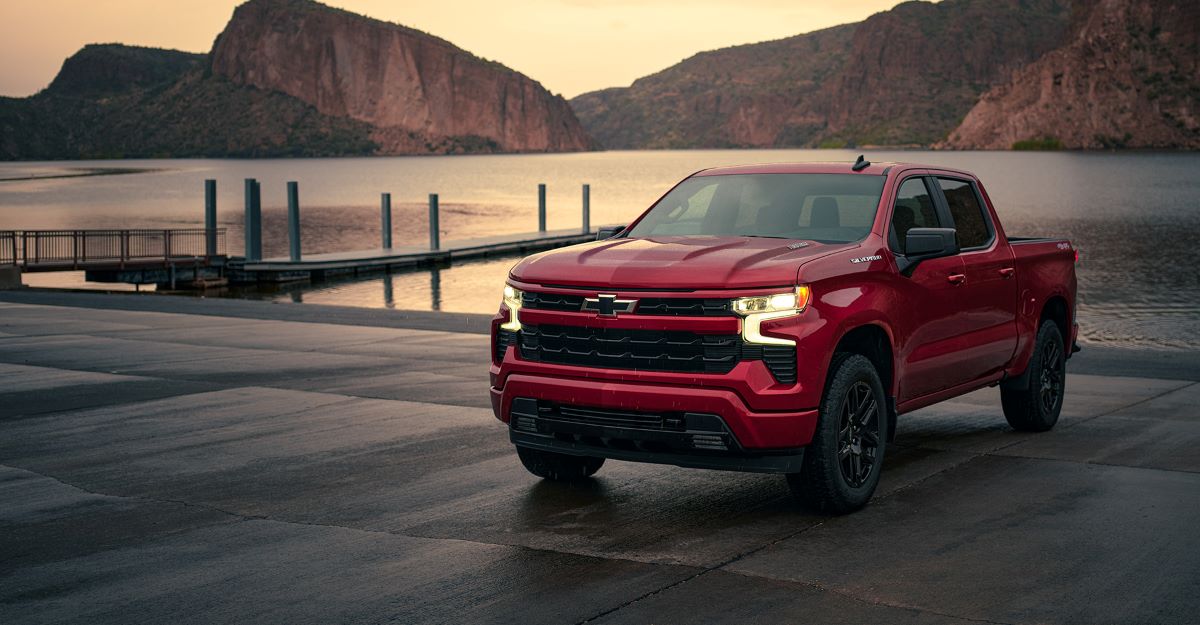
Many parts are interchangeable with other GM trucks and SUVs, increasing supply and lowering prices. This design philosophy simplifies inventory management for parts suppliers and reduces the cost burden on vehicle owners.
Furthermore, the Silverado has a robust aftermarket network, with numerous third-party retailers and online stores offering OEM and high-quality aftermarket parts at competitive prices. This wide availability means owners can shop around for the best deals without compromising quality.
Chevrolet’s commitment to durability also means OEM parts last longer, which further reduces the frequency and cost of replacements. For Silverado owners, this means their trucks can stay on the road longer with manageable maintenance costs.
In summary, the Chevrolet Silverado 1500 combines strong demand, parts interchangeability, and an extensive supply chain to provide affordable OEM parts, making it an excellent choice for those seeking cost-effective ownership.
5. Hyundai Elantra
The Hyundai Elantra has grown tremendously in popularity over the past two decades, becoming one of the most affordable and practical compact sedans on the market. A major factor contributing to its appeal is the availability of inexpensive OEM parts, which helps keep repair and maintenance costs low.
Hyundai’s aggressive global expansion and large-scale production have made the Elantra a common vehicle worldwide.
This volume enables parts manufacturers to produce components at scale, which translates into lower prices for owners. Whether it’s brake pads, filters, belts, or lighting components, OEM parts for the Elantra are generally easy to find and competitively priced.
The Elantra’s relatively straightforward engineering also plays a role in keeping parts costs down. Hyundai designs many of its components with simplicity and interchangeability in mind, reducing the need for rare or specialized parts that could increase expenses.
Additionally, the Elantra benefits from a growing aftermarket ecosystem. Various suppliers offer both OEM and high-quality aftermarket alternatives, further increasing availability and driving prices down through competition.

For owners, this means that routine maintenance and common repairs are more affordable and less time-consuming, making the Elantra an attractive option for budget-conscious drivers or those looking for a reliable daily driver with low ownership costs.
Overall, the Hyundai Elantra’s combination of mass production, accessible OEM parts, and straightforward design helps it maintain a reputation as a practical, affordable car that is economical to maintain over the long term.
5 Cars That Need Rare Imports
While many vehicles benefit from widely available and affordable OEM parts, others present a very different picture. Some cars, especially rare, luxury, or imported models, require parts that are difficult to source locally and often must be imported from overseas suppliers.
These rare import parts can be expensive and hard to find, adding complexity, cost, and delay to even routine repairs.
Vehicles that fall into this category often have limited production runs, niche markets, or specialized engineering that make their parts less common.
For example, certain European luxury cars use unique electronic modules, custom lighting assemblies, or specialized engine components that are not interchangeable with mainstream vehicles.
Likewise, Japanese or Korean imports that were never officially sold in some regions may rely on components that need to be sourced from the manufacturer’s home country.
Rare import parts often come with longer lead times because they must be shipped internationally, sometimes passing through multiple customs processes and distributors.
The cost of shipping, import duties, and limited competition among suppliers also drives prices higher compared to mass-produced, locally stocked components.
For owners, this means repairs can be more expensive and less predictable. It also requires patience and planning, as a delay in obtaining a rare part can leave a vehicle out of commission for days or weeks.
In some cases, owners might have to rely on specialized mechanics familiar with the brand or seek parts through enthusiasts’ networks, which can be hit or miss.
Understanding which vehicles fall into this category helps prospective buyers and current owners manage expectations around maintenance costs and repair logistics.
In the following section, we’ll look at five cars known for requiring rare imported parts, exploring the reasons behind their parts scarcity and the implications for owners.
1. Tesla Model S
The Tesla Model S is a trailblazer in electric vehicle technology and luxury performance, but it comes with a unique challenge for owners: many of its OEM parts are rare imports that can be difficult and costly to source.
Unlike traditional internal combustion vehicles, Tesla manufactures many proprietary components that are not shared with other models or brands, resulting in limited availability.
Tesla’s production volumes, while growing, are still far smaller compared to mass-market vehicles, limiting the scale at which parts are produced.
Many components, from battery modules and power electronics to specific body panels and advanced sensors, must be imported directly from Tesla’s factories, often located in California or overseas.
The company’s vertically integrated approach means fewer third-party suppliers, reducing the aftermarket parts availability that is common in more established brands.
This lack of aftermarket competition tends to keep prices higher and parts harder to find outside official Tesla service centers.
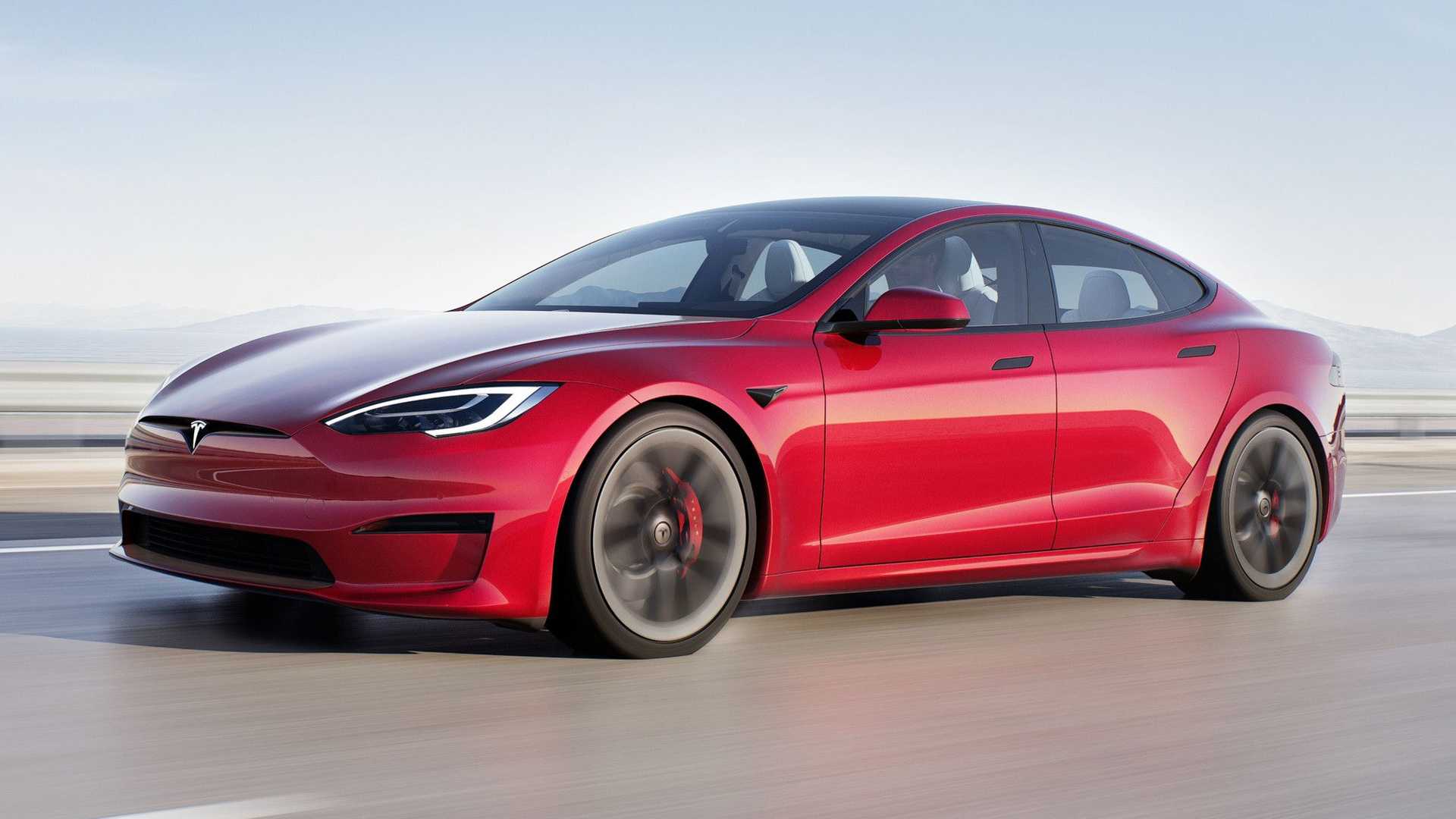
Additionally, Tesla’s rapid technology evolution means parts may become obsolete or updated frequently, complicating repairs further. Owners sometimes face long wait times for parts delivery, especially if they live outside major metropolitan areas where Tesla service centers are located.
For these reasons, Model S owners should expect that even seemingly simple repairs might require imported parts that come with higher costs and delays.
The vehicle’s advanced electronics and unique design amplify these challenges, making Tesla ownership an experience that balances innovation with the realities of limited parts availability.
2. Porsche 911 (992 Generation)
The Porsche 911, especially the latest 992 generation, epitomizes high-performance luxury sports cars, but owning one also means dealing with parts that often need to be imported from specialized suppliers, primarily in Germany.
Unlike mainstream vehicles, the 911’s components are precision-engineered, bespoke parts that cannot be sourced easily outside Porsche’s official channels.
Due to Porsche’s relatively low production volumes compared to mass-market brands, many parts are produced in smaller batches, leading to limited local availability in markets outside Europe and North America. This scarcity drives up the cost and wait time for replacement components.
The 911’s complex mechanical and electronic systems, including its sophisticated engine components, advanced suspension, and intricate lighting systems, require genuine OEM parts to maintain performance and safety standards.
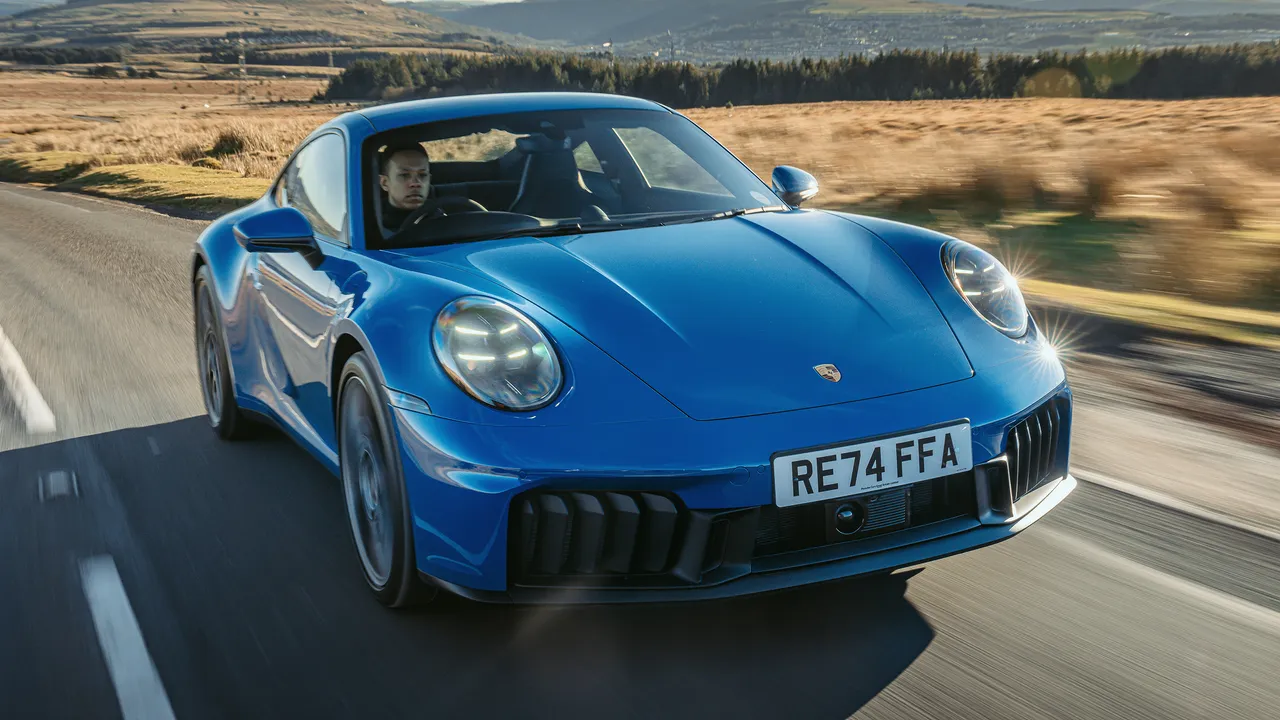
Aftermarket alternatives are scarce or often lack the quality expected by Porsche owners, pushing most repairs to rely on rare imported parts.
Shipping times can be lengthy, as parts are usually shipped from Porsche’s headquarters or authorized distributors in Europe. Customs clearance, shipping logistics, and dealer markups add to the overall expense.
For owners, this means routine maintenance and repairs on the Porsche 911 demand patience and a budget that accounts for rare, imported components.
While the performance and driving experience are unmatched, the cost and complexity of obtaining parts highlight the trade-off of owning such a prestigious and finely tuned sports car.
3. Land Rover Defender (New Generation)
The Land Rover Defender, especially the newer generation models, is celebrated for its off-road capability and rugged design.
However, owners often face challenges when it comes to sourcing OEM parts, many of which must be imported due to the vehicle’s specialized engineering and limited production scale.
Unlike more common SUVs, the Defender uses unique components tailored to its off-road functionality, such as advanced air suspension systems, specialized drivetrain parts, and bespoke body panels.
These parts are predominantly manufactured in the UK and other European locations, making local stocking in markets like North America or Asia limited.
Because Land Rover is a premium brand with relatively smaller sales volumes, its supply chain for parts isn’t as extensive as mass-market manufacturers. This results in longer wait times and higher costs for imported OEM components.
The availability of aftermarket parts is also limited, as many replacement parts require the precision and quality only guaranteed by the original manufacturer.
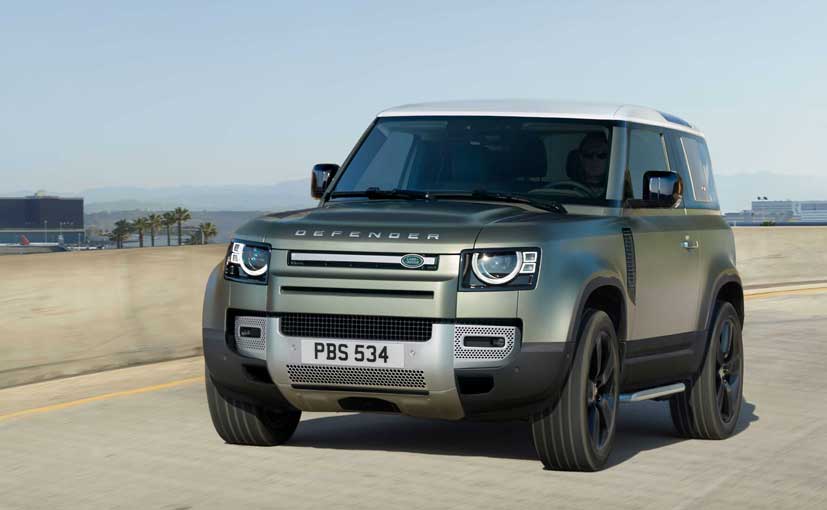
Moreover, Land Rover’s evolving technology, including complex electronics and terrain response systems, adds to the dependency on rare imported parts.
Owners often must rely on authorized dealerships or specialized service centers equipped to handle these systems, further complicating repairs.
The combination of limited parts availability, import logistics, and premium pricing makes maintaining a Land Rover Defender more expensive and time-consuming than owning more common SUVs. Owners looking for a blend of ruggedness and exclusivity should be prepared for these challenges as part of the ownership experience.
4. Nissan GT-R (R35)
The Nissan GT-R R35 is a high-performance sports car renowned for its advanced technology and engineering prowess.
However, it is also infamous among owners for the challenge of sourcing OEM parts, many of which require importation from Japan, making repairs costly and sometimes time-consuming.
The GT-R’s specialized components, including its advanced twin-turbocharged engine parts, complex drivetrain, and unique aerodynamic body panels, are often manufactured exclusively for this model in Japan.
Because the R35 GT-R is a niche sports car with relatively low global sales compared to mass-market vehicles, local dealerships and parts suppliers outside Japan often carry limited stock.
Importing parts involves dealing with international shipping logistics, customs procedures, and currency fluctuations, all of which can significantly increase the final cost. Additionally, genuine GT-R parts tend to be premium priced, reflecting the vehicle’s performance-oriented design and quality standards.
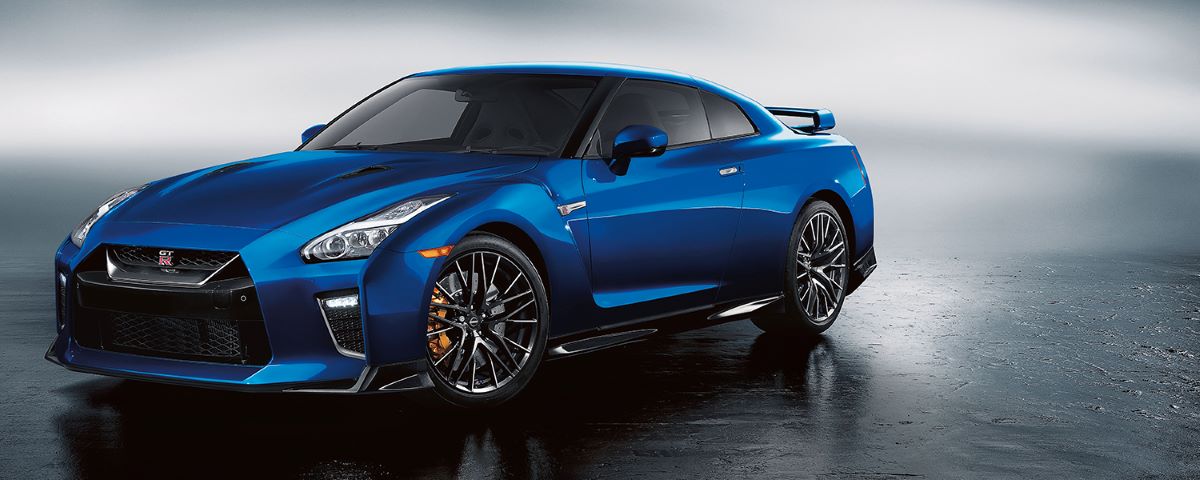
Aftermarket alternatives are available but are often expensive and vary widely in quality. Many owners and mechanics prefer OEM parts to ensure reliability and maintain the car’s performance integrity, which further reinforces the dependence on rare imports.
The complexity of the GT-R’s systems, such as its sophisticated all-wheel-drive layout and computer-controlled differentials, also necessitates specialized knowledge for installation and repair, often limiting service options to authorized or highly experienced mechanics.
For GT-R owners, this combination of rare imported parts and specialized servicing translates into higher maintenance costs and potential delays.
While the car offers exceptional performance and driving excitement, prospective owners should be aware of the logistical and financial implications of sourcing rare OEM parts.
5. Subaru WRX STI (Older Generations, JDM Models)
The Subaru WRX STI, particularly older or Japan Domestic Market (JDM) versions, is beloved for its rally-inspired performance and AWD capabilities.
However, many of these models require parts that are rare imports in regions like North America and Europe, complicating maintenance and repairs.
JDM WRX STIs often come with specifications, engine components, and electronic modules unique to the Japanese market.
Some of these parts—such as turbochargers, ECU units, and specific suspension components—are not available locally and must be imported directly from Japan or specialized distributors. The limited production numbers of these specific models add to the parts scarcity.
The challenge is compounded by the fact that Subaru’s aftermarket support outside Japan focuses primarily on domestic models. Consequently, owners of imported JDM WRX STIs often have to rely on niche parts suppliers or personal import arrangements to keep their vehicles running optimally.
Importing these OEM parts involves additional costs such as shipping fees, import taxes, and potential delays. The limited availability can also drive up prices, especially for components critical to engine and drivetrain performance.

Moreover, the specialized nature of some parts means that owners must find mechanics familiar with JDM-spec WRX STIs or be prepared for DIY repairs.
This niche ownership experience comes with trade-offs between owning a highly desirable, performance-focused car and dealing with the realities of parts rarity.
In summary, while older JDM Subaru WRX STIs offer thrilling driving dynamics and a unique ownership experience, they require patience and a willingness to navigate the complexities of sourcing rare imported OEM parts.
Understanding the availability and cost of OEM parts is essential for any vehicle owner or prospective buyer, as it directly impacts maintenance expenses, repair turnaround times, and overall ownership satisfaction.
Our exploration into two contrasting groups—cars with cheap, easily accessible OEM parts and those that require rare imported components—highlights the significant differences in ownership experiences and costs.
Vehicles like the Toyota Corolla, Honda Civic, Ford F-150, Chevrolet Silverado, and Hyundai Elantra demonstrate the benefits of mass production, standardized parts, and strong aftermarket support.
Their OEM parts are plentiful, affordable, and widely stocked in many regions, making repairs straightforward and less costly. Owners of these vehicles enjoy quick access to replacement components, competitive pricing, and a robust network of service providers.
This accessibility encourages regular maintenance, which contributes to long-term reliability and lower total cost of ownership.
On the other hand, vehicles such as the Tesla Model S, Porsche 911, Land Rover Defender, Nissan GT-R, and JDM Subaru WRX STI often face the challenge of sourcing parts that must be imported from overseas.
These models are characterized by specialized engineering, limited production runs, and brand-specific technologies that limit parts interchangeability and local availability.
The need to import rare OEM parts adds layers of cost due to shipping, customs, and limited supplier competition. Additionally, wait times for parts can delay repairs, and the complexity of these vehicles often demands specialized mechanics.
For owners of cars requiring rare imported parts, the excitement and prestige of owning such vehicles come with a premium in maintenance effort and expense. Patience and preparedness are necessary traits, as repair timelines and budgets can be less predictable.
In conclusion, while both categories of vehicles offer unique advantages, understanding the implications of OEM parts availability is crucial.
Buyers should weigh the convenience and affordability of readily available parts against the performance and exclusivity of cars needing rare imports.
This knowledge empowers smarter decisions tailored to budget, lifestyle, and priorities, ultimately leading to a more satisfying vehicle ownership experience.
Also Read: 5 Cars That Still Get Good Mileage at 200K Miles and 5 That Don’t Move Without Fuel

